The Origin Story of Halloween Is Deeper and Darker Than You Imagined
- Oops!Something went wrong.Please try again later.
"Hearst Magazines and Yahoo may earn commission or revenue on some items through these links."
[table-of-contents] stripped
Unlike the holidays of Christmas and Thanksgiving, which both have clear, historical paths to the present, the history of Halloween is a little more elusive. Have you ever wondered where all our contemporary Halloween rituals come from? Why, for example, do we ask strangers for treats and threaten to trick them if they hold out on us?
As a holiday that prides itself on being spooky and mysterious, it makes sense that Halloween's history is similarly murky. But we're here to dispel the rumors and separate fact from fiction. It turns out that between all the candy consumption, dress-up fun, mischief making, and dark-side dabbling, the holiday traces back to an ancient Celtic festival. From there, it only gets more complex, though. If you're like, Wait, what about the witches and ghosts and stuff?, don't worry, we'll get there. First, we're dipping into the real dark side of Halloween, which has much more to do with the politics and violence of imperialism than it does with goblins and ghouls.
As with many annual holiday rituals that now seem arbitrary—like dyeing eggs on Easter (which is actually all about fertility)—many of Halloween's origins and traditions are deeply rooted in mythology. So keep reading to learn about Halloween's origin story and how it has evolved over the centuries at the whims of history and through oral tradition into the beguiling—albeit commercialized—holiday we know and love today.
For spooky ghost stories, subscribe to our haunted house podcast, Dark House, on Apple Podcasts, Spotify, or anywhere you listen.
Ancient Celtic Origins

The OG Halloween predates Christianity, stretching all the way to an ancient Celtic celebration (and by ancient we mean about 2,000 years ago) known as Samhain (pronounced "sow-in") that took place in what is now Ireland, parts of France, and the United Kingdom. Like most ancient holidays, Samhain marked a transition of seasons, from summer to the beginning of winter, hence the sort of dark and stormy vibes of Halloween today. Participants believed that on the night of October 31, the portal between the realm of the living and the dead opened, allowing lost souls to return to the human-occupied earth.
This ghostly meaning was associated with a few things, from the agricultural (wreaking havoc on crops) to the supernatural (enhancing the clairvoyant capacity of Celtic priests called Druids so they could make predictions and communicate with the dead to facilitate happier, warmer winters). The festivals also typically involved bonfires, at which the attendees wore costumes (yup!) and participated in sacrifices of crops and animals. Afterward, the community would use the bonfire to light their own hearths as a sort of closing ceremony for summer and initiation of winter. So while death and fear were at the heart of Samhain, it had its fun and celebratory side too.

Roman Rule (27 BCE–476 CE)
After the Roman Empire conquered much of the Celtic territory in 43 CE, Romans ruled there for some few hundred centuries during which the tradition evolved. There are links to the Roman festival of Feralia, in which the community mourned its dead, and another ceremony called Pomona (named for the Roman goddess and the protector of orchards), in which participants honored fruit and trees.
The Middle Ages
By a few hundred years into Roman reign, the Catholic church was increasingly attempting to replace pagan practices (i.e., indigenous ones) with its own, often while vilifying the former but keeping some of its traditions. (Religion and the Decline of Magic by Keith Thomas is a fascinating read on the topic.) In the eighth century, when "local people converted to Christianity...the Roman Catholic Church often incorporated modified versions of older religious traditions in order to win converts," as Albany University puts it. As a result, many elements of Samhain persisted. And according to History.com, "the church made November 2nd All Souls' Day, a day to honor the dead" and all saints known and unknown in an attempt to replace the Celtic holiday with a church-sanctioned version of it. Festivities on this day included dressing up as various saints, angels, and the devil. All Saint's Day was also known as "All Hallow's Days," hence the later moniker of All Hallow's Eve.

Sixteenth Century England
In the 1500s, England's King Henry VIII cut ties with the Roman Catholic Church because the pope refused to annul his marriage with Catherine of Aragon, creating the Church of England. As a result, much more tolerance was extended to the Protestant Church for some years, but the Church of England remained mostly Catholic—and became even more so during the reign of Queen Mary I, aka Bloody Mary. She established England's connection to the Roman Catholic Church in part by ordering the execution of 300 Protestants. After her, it was sort of the opposite, as Queen Elizabeth I, was a Protestant. Okay, but what does this have to do with Halloween?, you might be thinking. Well, let's fast forward to the pilgrimage across the Atlantic.
Halloween History in the United States
Colonial Period (1600s–1700s)
The popularity of Hallow's Eve during the American Colonial era varied from place to place, depending on how devoutly Protestant the communities were. The early colonists were Puritans and fled England because of religious persecution, which is why they were known as Separatists. So, for example, in very Puritanical New England, Hallow's Eve wasn't as widely celebrated, but in the less rigid southern colonies, which were formed more as business ventures than religious communities, the holiday was still observed. During this era, celebrations around the harvest emerged and became associated with Hallow's Eve, likely as a result of the cultural exchanges between indigenous people and Anglo-Saxon settler colonialists. Similar to the way in which the Roman Catholic Church replaced indigenous cultural and religious practices with its own iterations, the same happened here with the settlers and local indigenous populations.
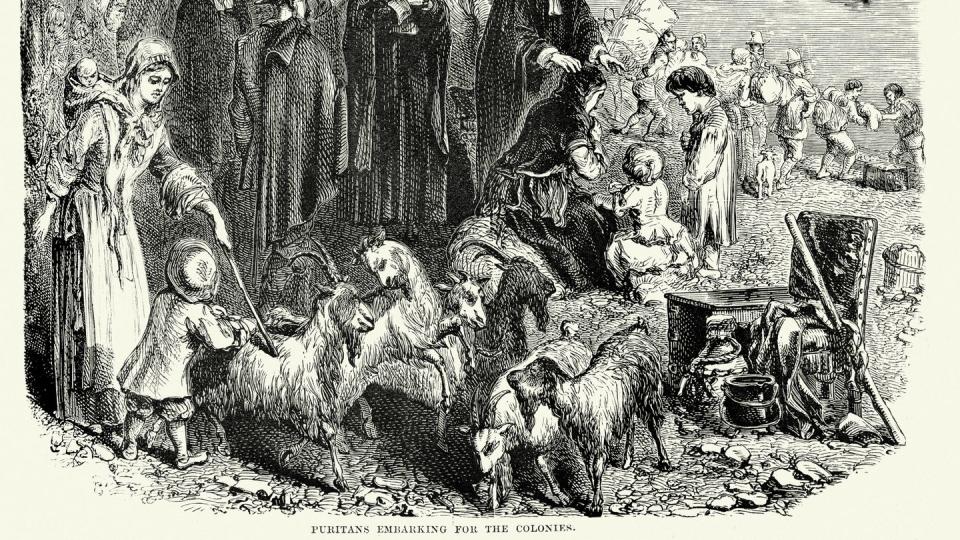
The Early Republic (late 1700s–1800s)
A few generations later, once the U.S. won independence from England and formed a nation, the country saw a huge wave of European immigrants who brought with them new traditions—and media. In 1759, the Scottish poet Robert Burns wrote a poem entitled Halloween, which described some of the holiday's practices at the time and introduced the term we know today. "The word itself seems to be a portmanteau of the word 'Hallow,' which originally meant 'saint,' mixed with 'een,' which was an abbreviation of the word "eve" or night before," according to BigThink.com.
European and American Imperialism
So how did the holiday reach so many different countries around the world? The answer is simple: European imperialism. As with most holidays, Halloween celebrations vary from region to region and different modern iterations of the traditions stem from different ancient cultural practices, but the common thread is the brutality of imperialism and accompanying forced assimilation.
Spanish Imperialism in South America (late 1500s—1900s)
While English Separatists were fighting for independence during the 1600s and 1700s and then later in the Early Republic, they were also establishing a nation in which citizenship was inextricably liked to and defined by one's relationship to land ownership (i.e., you could only be a citizen if you owned land—and you could only own land if you were a white man, hence the power structures we still see today). Similar practices were unfolding in other parts of the continent, except the colonizers were Spanish Catholics.

Even as the Spanish Catholic conquistadores subjugated indigenous people to forced conversion, there were still, of course, traces of local worship and culture, resulting in a fusion of indigenous practices with Catholic holidays. That's why figures like Santa Muerte, which the official Catholic church still refuses to recognize as a part of the canon, persist today. Day of the Dead also falls on the Catholic Holiday All Saints and looks quite different from Americanized Halloween—more on that in a minute.
British Imperialism during the Victorian Era (1800s–1900)
This time period was also one of British expansion and subjugation. Of course, along with colonization came the violent and forced assimilation of other religious practices. As Max Fisher writes in The Washington Post, "the irony is that, while the British were responsible for spreading Halloween, they also spent several decades trying to stamp it out." In the late 19th century, "the strict Victorian social code called for, among other things, a rigid class hierarchy, gender roles that privileged men over women, sexual restraint, an obsession with manners and a deep disdain for all things that might be perceived as indulgent." Halloween, having to do with dressing up, superstitions, and death, was of course one of the many practices that come under fire.
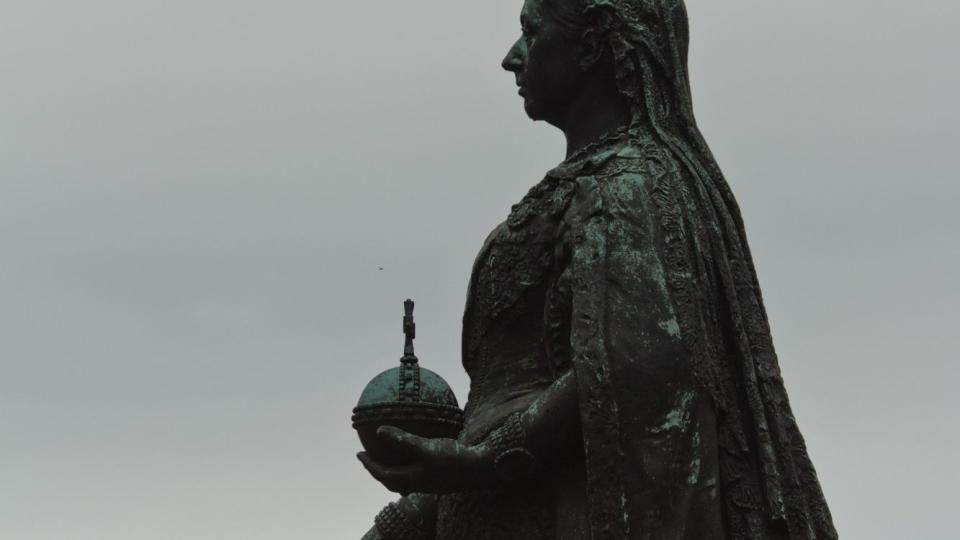
Halloween experienced a resurgence in the UK and its colonies all over the globe (including Hong Kong and Singapore, among many others) after Queen Victoria died in 1901 and social attitudes gradually shifted.
American Imperialism (1900s–Present)
The turn of the century also marked by the rise of U.S. military intervention abroad in countries including the Philippines, Japan, Hawaii, and Iran, where the spread of American cultural practices, traditions, and media was one way to fulfill what scholar Homi K. Bhabha deems "colonial mimicry," meaning peripheral access to dominant American culture. Media, of course, includes all that Halloween stuff. In many of these countries, you'll see local influences fused with the commercialized Anglo-Saxon version of the holiday, emphasizing the pattern of Halloween as both a means of resistance and dominance.

By the time the 1950s rolled around, Halloween was incredibly commercial as more and more industries were able to profit off of it. As Vox reports, confectionaries knew candy would be an easy thing to pass out on Hallow's Eve and predicted that kids would want it (duh), so they increased production, thus increasing affordability and accessibility and ultimately sales, which finally brought about some of (presumably) your favorite Halloween staples, like trick-or-treating and dressing up.
Behind Modern Day Halloween Motifs
Jack-O-Lanterns
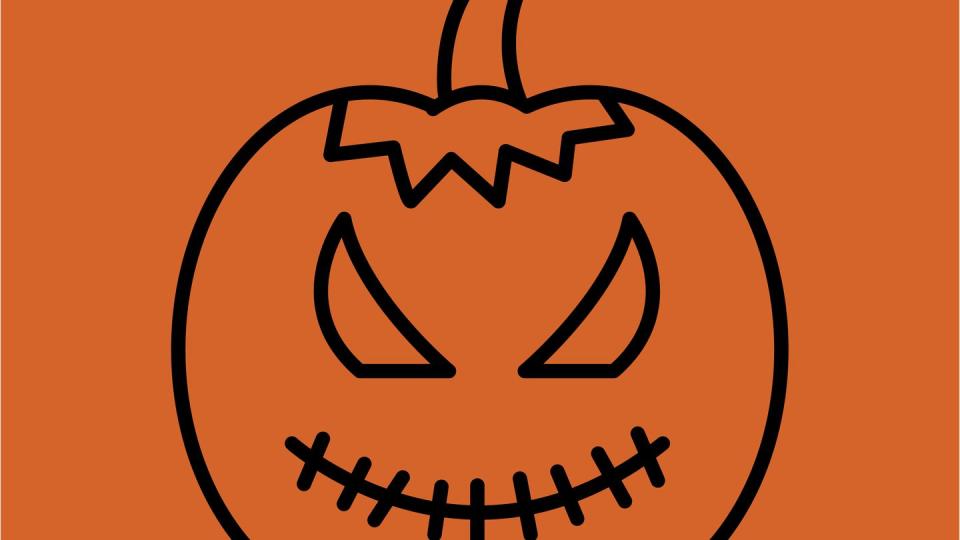
Historians believe Jack-o-Lanterns originated from an Irish myth about a man called Stingy Jack. The legend tells us ol' Stingy invited the devil for a drink (a recipe for disaster) and breaching the social contract in which you always pay when you are the one inviting someone else, he lived up to his name and asked the devil to present as a coin to pay for their drinks. Basically, Jack held the devil captive for a while and continued to trick him into doing weird things throughout the years until he died. When Jack died, God wouldn't let into Heaven, but the devil wouldn't take him either and instead sent him into the darkness with only burning coal in an old turnip to light the way. So he's stuck in purgatory, a capitalist warning to all that has since morphed from turnip to pumpkin, saying "pay up or forever be a pumpkin on a dark and lonely night."
Mischief

What better night to shake things up and mess with the status quo than the one night a year in which the portal to the after life opens and all hell breaks loose? Mischief night actually takes place the night before Halloween though, and usually involves TP-ing and other pranks. You can find more theories about it here.
Trick-or-Treating
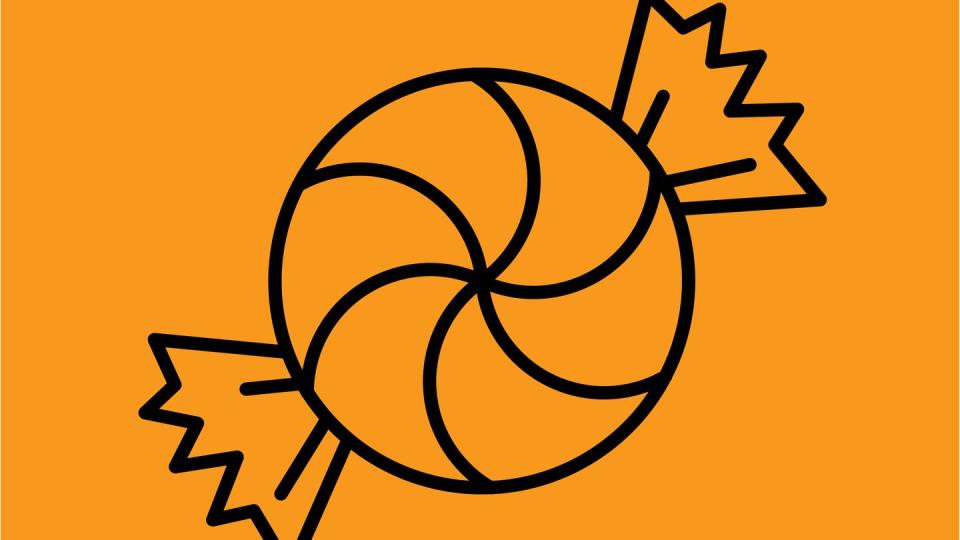
According to BigThink, "Eventually, in medieval England, there was a group of people called 'soulers' who'd go around on Halloween begging the rich for soul cakes. They were said to have prayed for people's souls in exchange for their cakes or food." As Halloween became more popularized by the early twentieth century, it also got more secular and commercial.
Bobbing for Apples
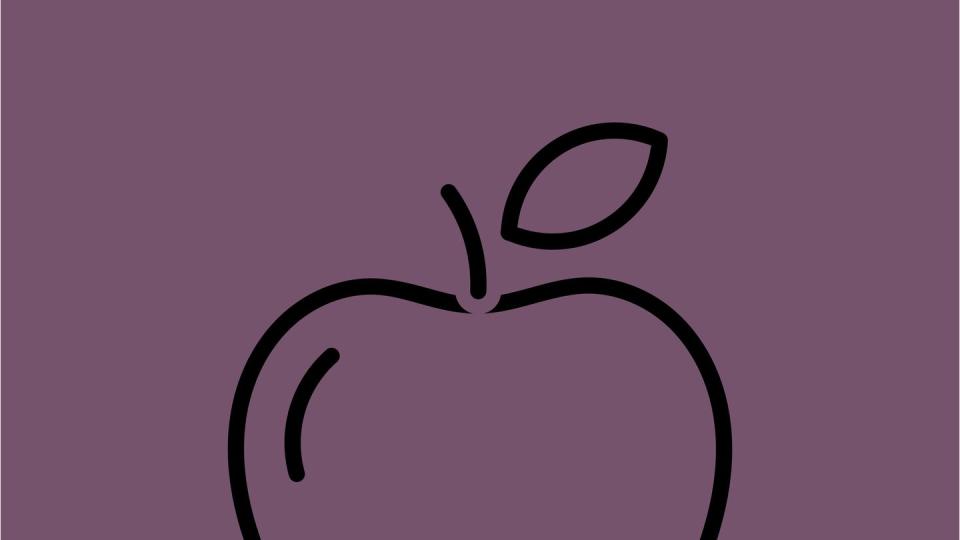
Remember that Roman Goddess we mentioned? Pamona? That's likely where a lot of the bobbing for apples games came from. Apples are also peak season on Halloween, which is why things like apple picking and hay rides in orchards are such a staple.
Spooky Stuff

Halloween is basically just about death, so of course the symbolism of spirits play a huge role. That's why it's a tradition to tell scary stories, but also to celebrate loves ones who have passed. Many scholars have also written about the differences between American Halloween and Day of Dead as sharing an origin story, but also being super different today because of differing cultural relationships to the afterlife and loss.
Witches
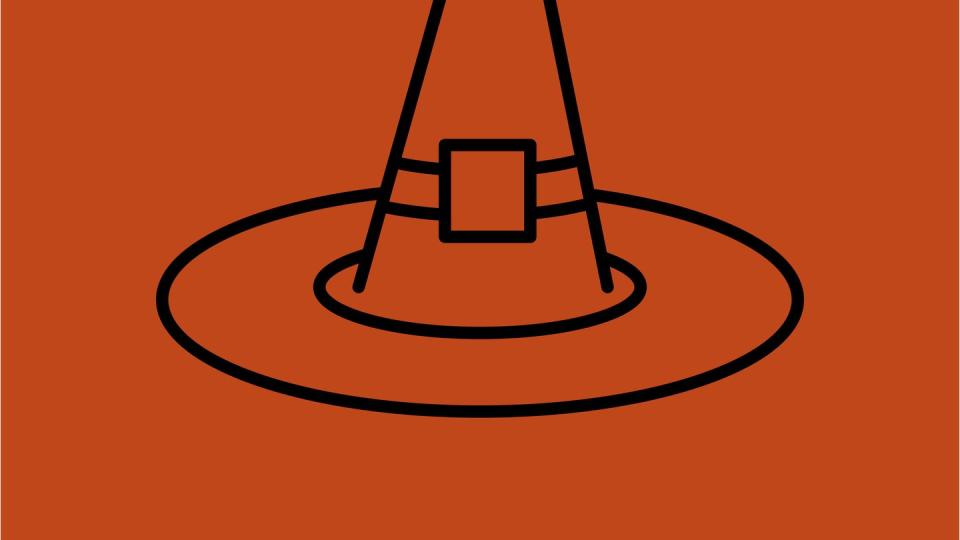
Throughout much of history, witches have been persecuted for their "folk" practices, like in the Middle Ages, when illness and poverty were rampant and religion was the crux of life. Across continents, many women and children were executed for practicing witchcraft, which was basically just a term for alternative forms of worship and anything that fell outside the pale of dominant religious culture of the time. Up until recently, we've seen witches in pop culture associated with the binary opposite of the "good, virtuous woman," i.e. ugly, old, dangerous. Witches have since been reclaimed as a symbol of feminine power (think The Craft,
Costumes

Dressing up was one of the staples during the Samhain bonfires of yesteryear and has always been an important part of the various iterations of the holiday. Like the spike in candy sales during the 1950s, costumes and dressing up funny characters, pop culture references, and spooky figures gained popularity once there was a market for it.
Halloween is a hybrid of mythologies and histories born of both resistance and oppression, joy and mourning, life and death. Its an origin story is befitting of a holiday that celebrates the obscure and occult and the longevity and persistence of folklore, community, and identity.
Death Makes a Holiday: A Cultural History of Halloween
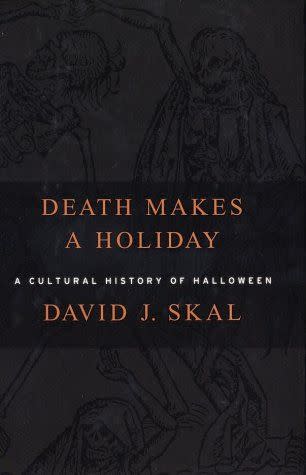
Death Makes a Holiday: A Cultural History of Halloween
amazon.com
$50.20
The Origins of Old Wives' Tales and Superstitions

The Origins of Old Wives' Tales and Superstitions
amazon.com
$15.00
The Book of Halloween: A Historical Treatment
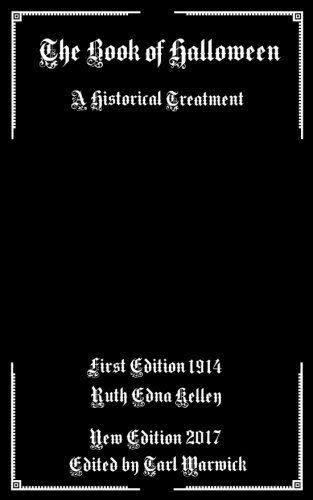
The Book of Halloween: A Historical Treatment
amazon.com
$6.15
Samhain: Rituals, Recipes & Lore for Halloween
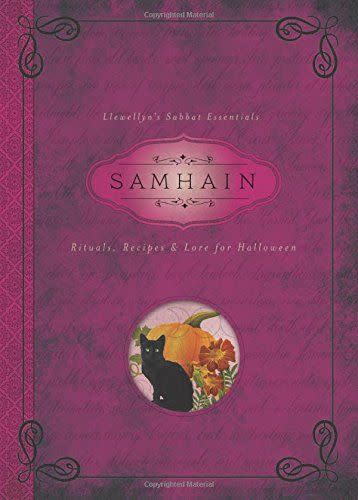
Samhain: Rituals, Recipes & Lore for Halloween
amazon.com
$12.99
Follow House Beautiful on Instagram.
You Might Also Like

